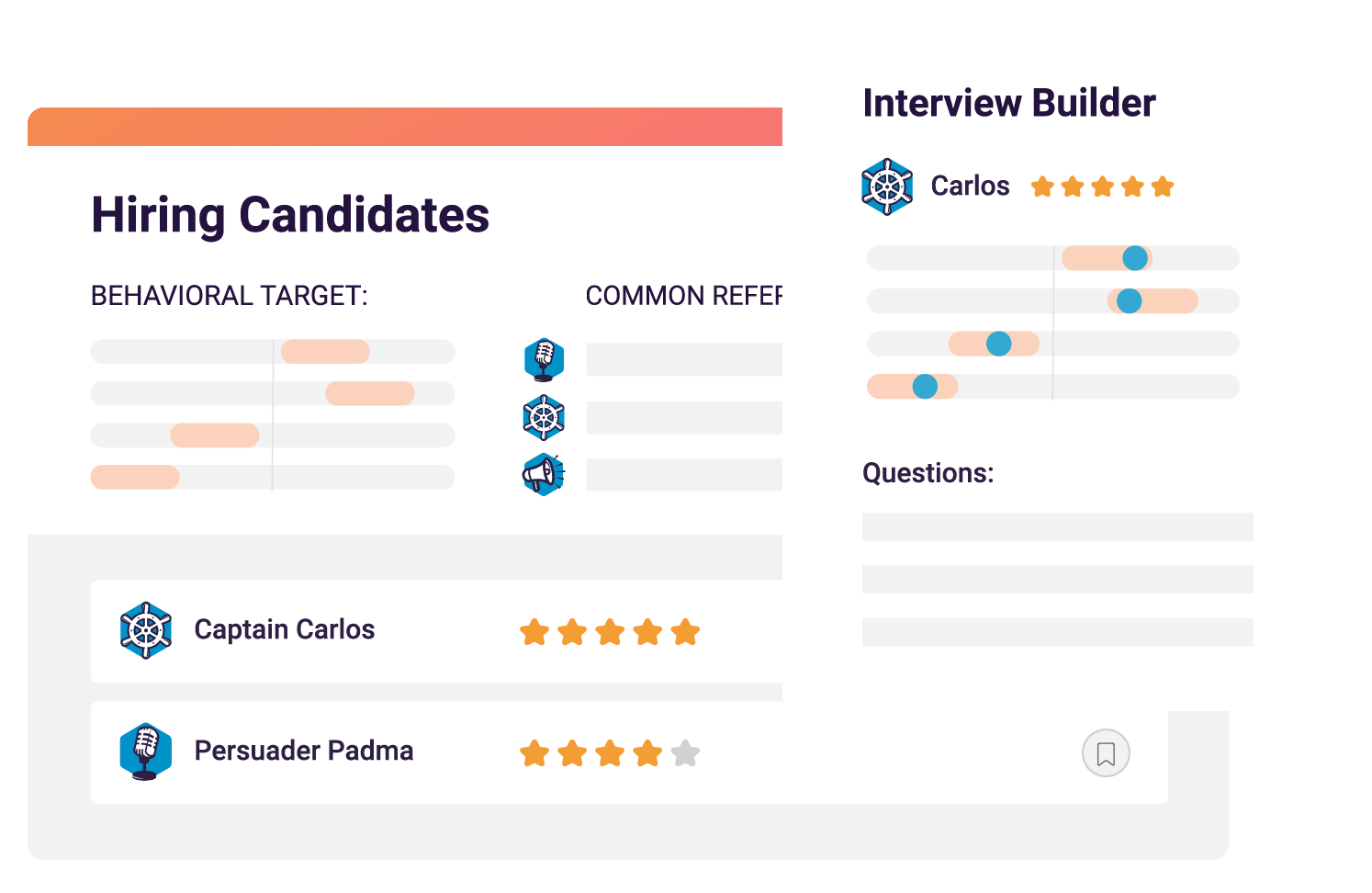Most companies today are responding to an increasingly tight labor market, especially when it comes to tech talent. The financial industry is no exception.
As technology emerges to help streamline processes, financial organizations are among the many industries engaged in digital transformation processes. To accommodate that change, they need to adjust their talent and business strategies—and do so cost-effectively.
By understanding and prioritizing these challenges, financial industry players can begin to chip away at what must be done to remain competitive and financially sound.
HR Financial Services recently identified the top five challenges facing financial services in relation to HR and recruitment. Here are some suggestions on how to tackle them.

Challenge #1: Skills gap
In an economy where the unemployment rate is hovering around 4%—generally considered full employment—employers of all kinds are struggling to find skilled—even competent—workers. HR Financial Services points out that in 2016, PwC found that “70% of financial services CEOs saw the availability of key skills as a threat to growth.”
Sue Andrews is a fellow of the Chartered Institute of Personnel and Development and has more than 25 years of experience as an HR director in the finance sector. “A lack of skilled candidates is definitely a serious problem in the sector at the moment,” she says. “Issues such as the rise of the challenger banks has led to increasing competition for those with the right training and skills. In addition, new regulations such as MiFID ii and GDPR mean an increase in demand for staff with the skills and knowledge to work within the new regulatory requirements.”
Solutions:
- Andrews recommends financial institutions “find ways to establish a sustainable talent pipeline, with a focus on growing and developing their own skilled staff, if they are going to close the current skills gap.”
- Develop employees internally to address current and future needs. Skills can be taught; attitude and cultural alignment usually can’t.
Challenge #2: Shortage of mid-career candidates
The financial services industry now finds itself facing a shortage of mid-career candidates after losing some of its workforce in the 2007-2008 economic downturn.
“The shortage of mid-career candidates is a clear sign that we’re still feeling some of the effects of the 2007 recession,” says Andrews. “The exodus of staff at that time—and the fall in those entering the sector in the following years—has resulted in less appropriately qualified and experienced staff in the pipeline for mid-career roles.”
Solutions:
- Look beyond the financial industry sector and identify mid-career talent in other industries who have backgrounds in areas such as payroll, accounts receivable, accounts payable and other areas of financial services. The right competencies can be translated across industries successfully.
- Andrews suggests: “Companies now need to urgently invest in developing programs to fast-track talent to fill mid-career roles of the future, as well as looking for talent from other sectors with transferable skills.”
Challenge #3: Retaining millennial talent
Millennials are notoriously fickle when it comes to loyalty to employers. Unlike their parents, or grandparents, they no longer view longevity as a positive career move, but more as a sign they may be stagnating. A PwC report indicated only 10% of millennials plan to say with their employers for the long term.
Matt Edstrom, CMO of GoodLife Home Loans and an expert on finance and professional and personal development, says, “Retaining millennial talent is an issue we are prepared to deal with.”
Solutions:
- Don’t assume you understand what matters most to your millennial employees. Ask them. Then take steps to develop and implement retention strategies to keep millennials on board.
- Pay attention to the onboarding process and make sure it is well established. In addition, Edstrom suggests: “There might have to be more resources dedicated to training if more people are constantly coming and leaving.” Be prepared.
Challenge #4: Creating an attractive company culture
LinkedIn’s Workplace Culture report indicates 70% of US professionals would forego working at a leading company if the culture was bad. Culture matters today from both the employer and employee perspective. Creating culture candidates find attractive is an important step for organizations—as is ensuring new hires will align well with that culture.
Solutions:
- ”Start by taking an honest look at how things currently are,” advises Sue Andrews. “Talking to staff or conducting a satisfaction survey will give you a clear picture of what’s working well and any areas of concern that you really need to focus on.
- Don’t try to address all issues at once. Prioritize them and take steps to tackle the top cultural issues.
Challenge #5: Job seekers have more choices and more power
The current economy puts power into the hands of job seekers. Candidates can be choosy about which job offers to accept, and may continually be at risk of leaving for better opportunities. The situation, says HR Financial Services, “puts talent in a position of power, and financial services organizations can expect lengthy salary and benefits negotiations to ensue in the battle for the best candidates.”
This is an issue Matt Edstrom feels may be the most challenging to address. “The toughest thing about doing HR is simply trying to appease everybody’s needs,” he says. “There will always be a difficult choice to be made that will satisfy one person, but not another person”
Solutions:
- Identify and prioritize what matters most to your workforce.
- Keep lines of communication open to continually stay informed about what your employees value. Engage them in these conversations as a key way of strengthening relations and loyalty.
Above all, the financial services industry needs to learn to adapt.
Like other industries, financial services recognizes that attracting and retaining top talent is a lot more challenging than it was in the past. But these challenges are driving new ways of considering things like required skills and competencies, the need for specific industry experience, and the importance of being able to train both new and existing staff to meet current and future needs. It may be a shift, but it’s a positive one.








